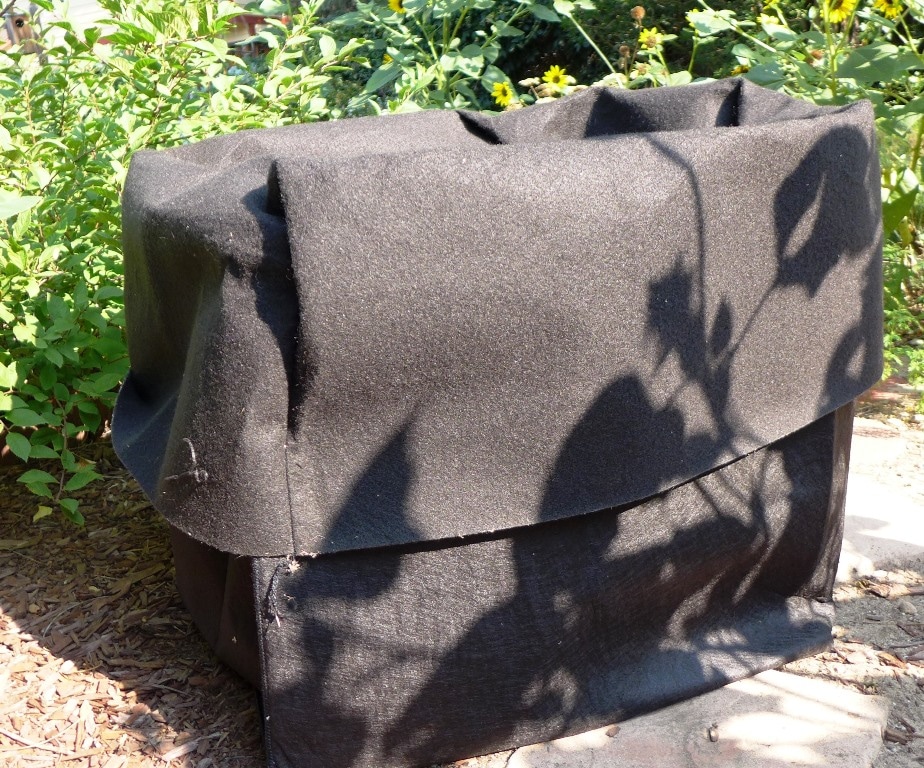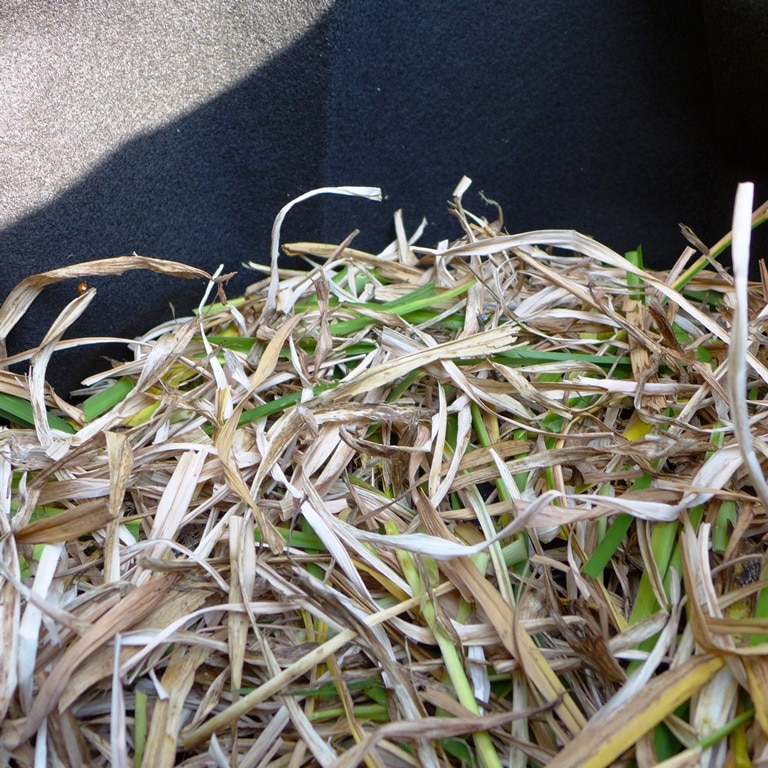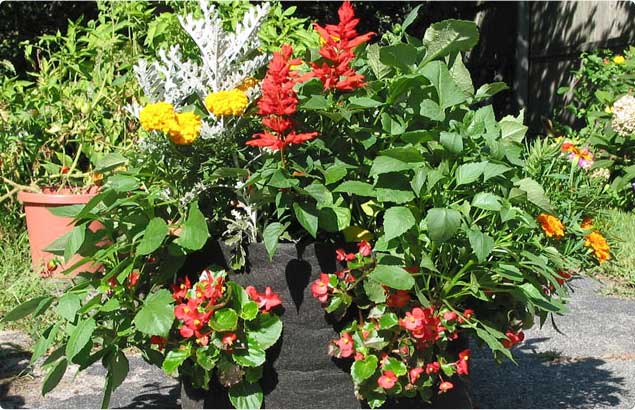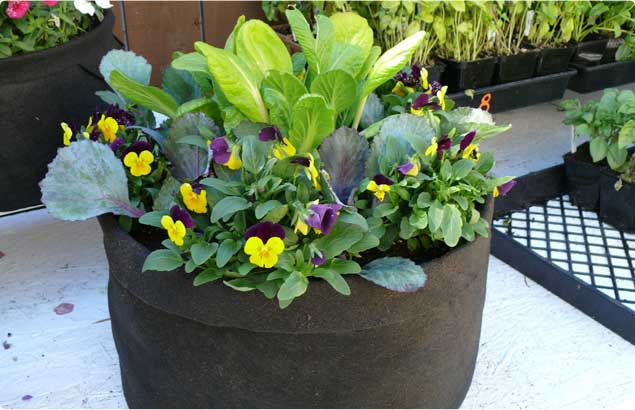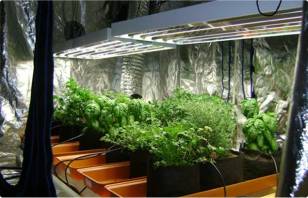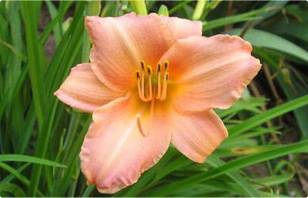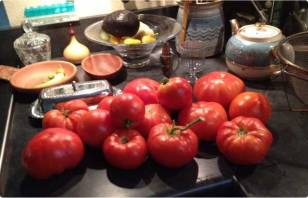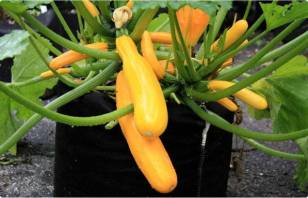Composting Tips for Fall to Spring
Composting 101
When to compost? If you’ve been looking for a way to take your gardening to the next level, here’s a tip for you: Start composting this fall.
Take the first steps now, and by spring you’ll transform kitchen and garden waste into a rich, organic material that will help you grow healthier plants.
Compost is the key to a beautiful and bountiful garden because it can solve so many gardening dilemmas. It loosens clay soil by changing the texture for better draining. It also improves the water-holding ability of sandy soil.
Compost boosts soil fertility because it hosts microorganisms that support all forms of plant and animal life.
The secret to composting success is balancing four essential elements: nitrogen (green things), carbon (brown things), moisture, and oxygen. Although it might sound complicated, composting is simply managing a process that would happen naturally if you just threw everything in a pile and walked away.
Fortunately, there’s a less messy method for getting started. The Compost Sak is a large fabric container, similar to a Smart Pot, that takes the guesswork out of composting, even for beginners.
The top benefits of these porous, breathable fabric bags are that they neatly contain the composting materials. Plus, they allow air to circulate and water to drain for faster results. Here’s how to get started:
- Place the Compost Sak in an open, sunny spot where it will get enough moisture to keep the contents as moist as a wrung-out sponge. Water from rain, snow or a hose is essential to the composting process.
- What to put in a compost bin? Start with dry and crushed leaves, crumpled paper or shredded cardboard for drainage at the base. This layer is the brown, carbon-rich layer.
- Add green waste, such as lawn clippings, coffee grounds, eggshells, and vegetable peelings to the Compost Sak. Don’t add more than 6 inches of green waste at a time and dig kitchen scraps into the pile.
- Turn the compost occasionally to speed the composting, if desired. Use a shovel, pitchfork, hoe or long broom handle to mix the materials. Don’t let the compost dry out.
- Chop materials before adding them to the Compost Sak so they break down quicker. Use a mulching lawn mower, shovel or clippers to cut material into about 2-inch pieces.
- Add soil or a compost activator for even faster results. Keep adding brown material (dead leaves, shredded paper, straw, lint) with green materials (grass clippings, leaf trimmings, vegetable peelings, egg shells, coffee grounds). Avoid composting meat, cheese, fat, bones or chemically treated yard waste.
Even though these bags are lightweight, they get heavy as materials breakdown. When the Compost Sak is just over half full, give it some time to decompose to a finished 12 cubic feet of compost. Start a second Compost Sak to have an even bigger batch of compost in spring.
Should I use compost in my garden? Yes! Use the compost to prepare vegetable and flower beds before planting, top dress the lawn and mix into Smart Pot containers.
Compost is the result of turning everyday household waste into rich, crumbly material for improving soil structure and growing healthier plants. Adding this organic matter to the garden means more beneficial soil microbes, healthier plants and bigger crops.
